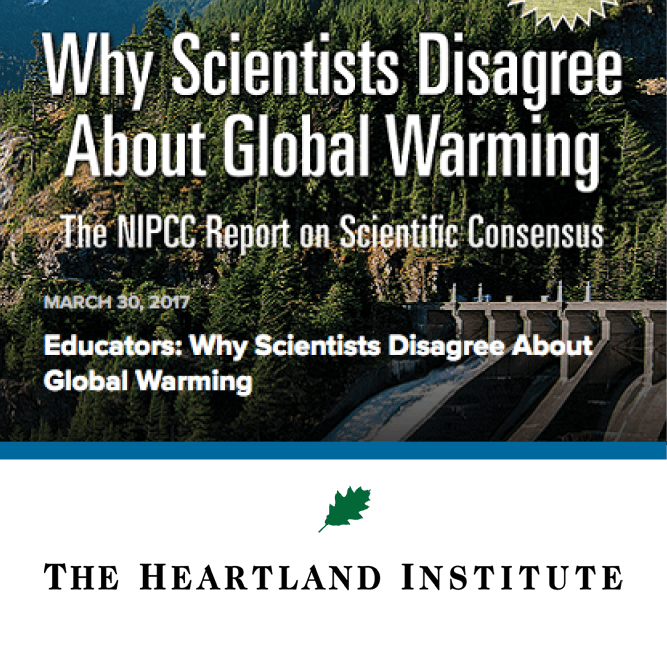

REVIEW
CLAIM: Neither the rate nor the magnitude of the reported late twentieth century surface warming (1979–2000) lay outside normal natural variability.
Patrick Brown, Assistant Professor, San Jose State University:
The issue of whether or not a change in global temperature is outside the range of “normal natural variability” depends on the timescale being considered. It is true that some physical climate models (and some statistical climate models based on historically observed variability) indicate that it is possible for a warming episode as large as that seen from 1979-2000 to come about from unforced (internal) variability. However, when an unforced warming episode occurs, it is typically followed by an unforced cooling episode (if that wasn’t true, the climate would be fundamentally unstable and it would have run away to a snowball or hothouse state a long time ago). This means that the longer the sustained change in temperature, the less likely it is that the change could be due to “normal natural variability”. This is why the IPCC used a period almost 3 times longer in their attribution statement that “It is extremely likely that more than half of the observed increase in global average surface temperature from 1951 to 2010 was caused by the anthropogenic increase in greenhouse gas concentrations and other anthropogenic forcings together.”
Overall this claim is misleading because you can always pick some subset of a forced warming/cooling episode and claim that the change in temperature over that particular time frame was not outside the range of natural variability. This would be like looking at a baseball player’s season in which he hit 100 home runs and claiming that nothing unusual was going on because it is possible for a typical player to hit 3-4 home runs in a single week.
Peter deMenocal, Professor, Lamont-Doherty Earth Observatory, Columbia University, and Director, Center for Climate and Life:
This is a falsely constructed argument by limiting the time range to 1979 to 2000. One can cherry pick an interval and show that it’s not especially different from the past, however if one takes the full reliable record of the last 140 years the warming is unequivocal.
Jeremy Fyke, Postdoctoral researcher, Los Alamos National Laboratory:
Exactly as deMenocal states above. Measurements over too-short intervals can be very unrepresentative of long-term trends. An extreme example: if I measured the rate of temperature change only in the evening I would very strongly claim that the Earth is always cooling. Conversely, my immediate neighbour could claim that the Earth was obviously always warming over the same period by taking measurements only in the morning. Of course, we disagree only because neither of us is measuring over a long-enough timeframe to capture an underlying temperature trend.
Timothy Osborn, Professor, University of East Anglia, and Director of Research, Climatic Research Unit:
[This comment was made in response to a similar statement.]
Taking into account uncertainties in the internal variability, in the strength of human and natural forcings and in the strength of the climate model simulations of the temperature response to these forcings, the best estimate is that all of the observed warming since 1950 is due to human influences. Because of the uncertainties, the human contribution could be larger or smaller than this, but it is “extremely unlikely” (defined by IPCC as less than 5% chance) that it is as low as only half the observed warming.


